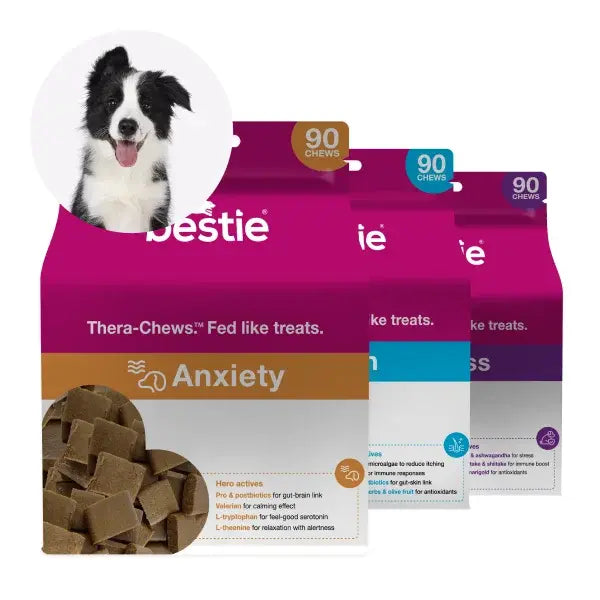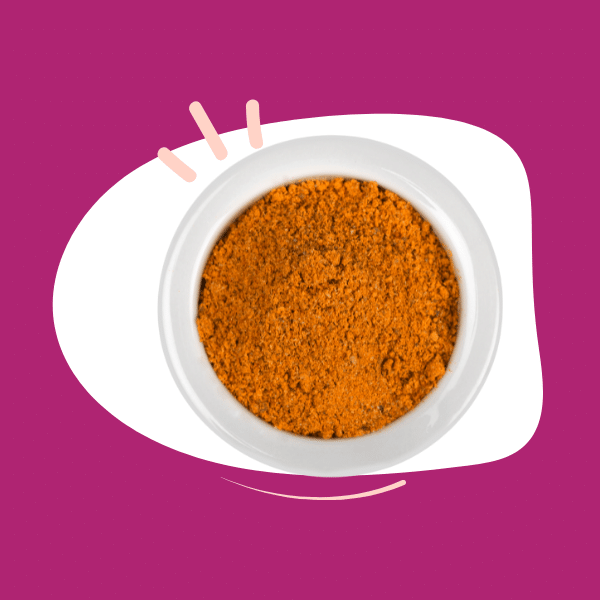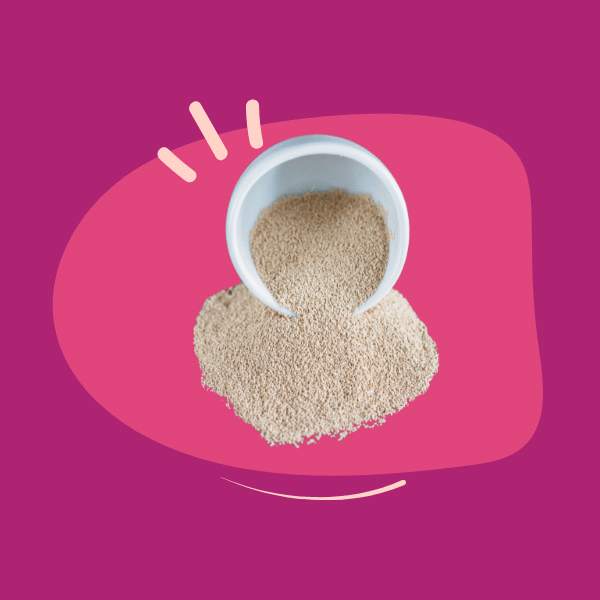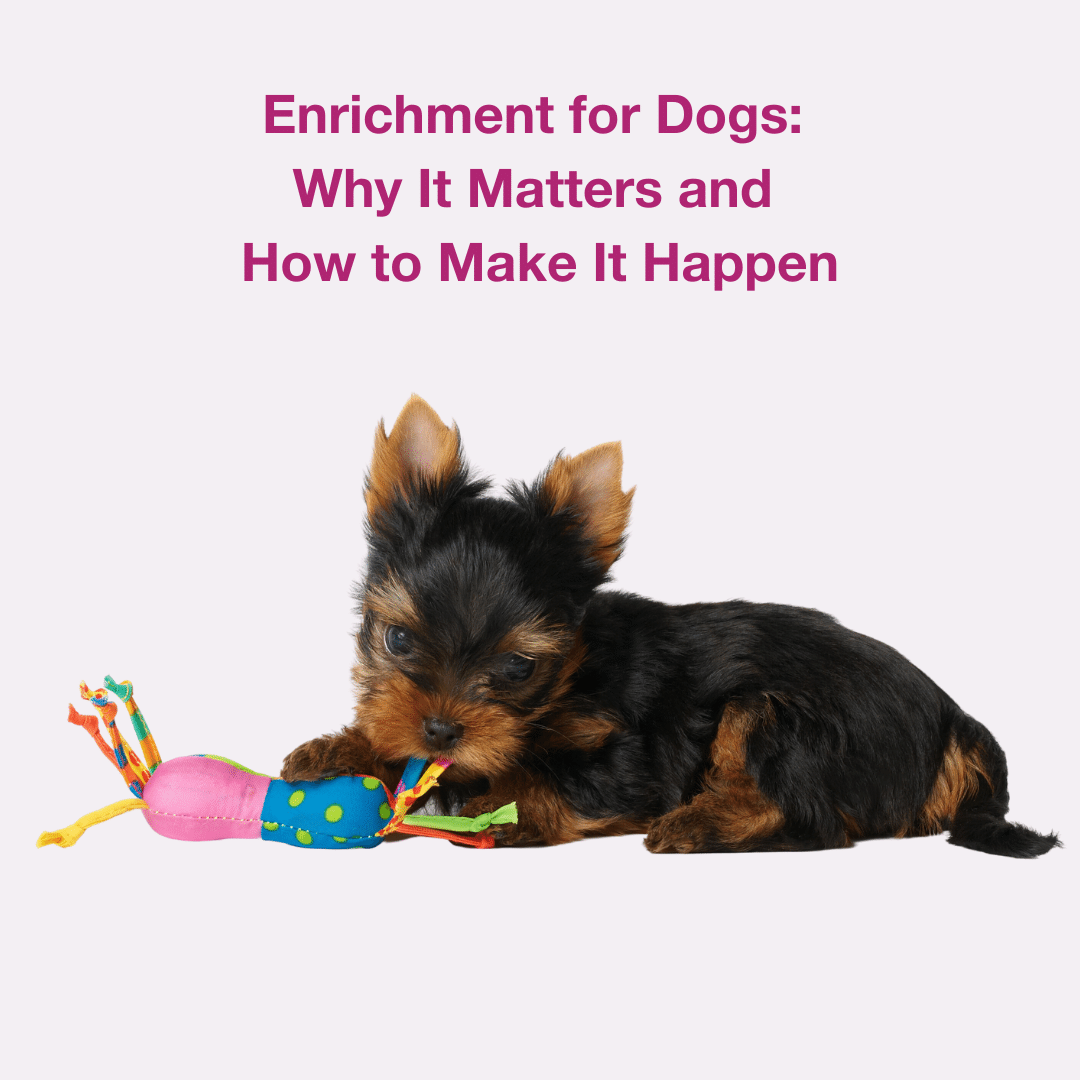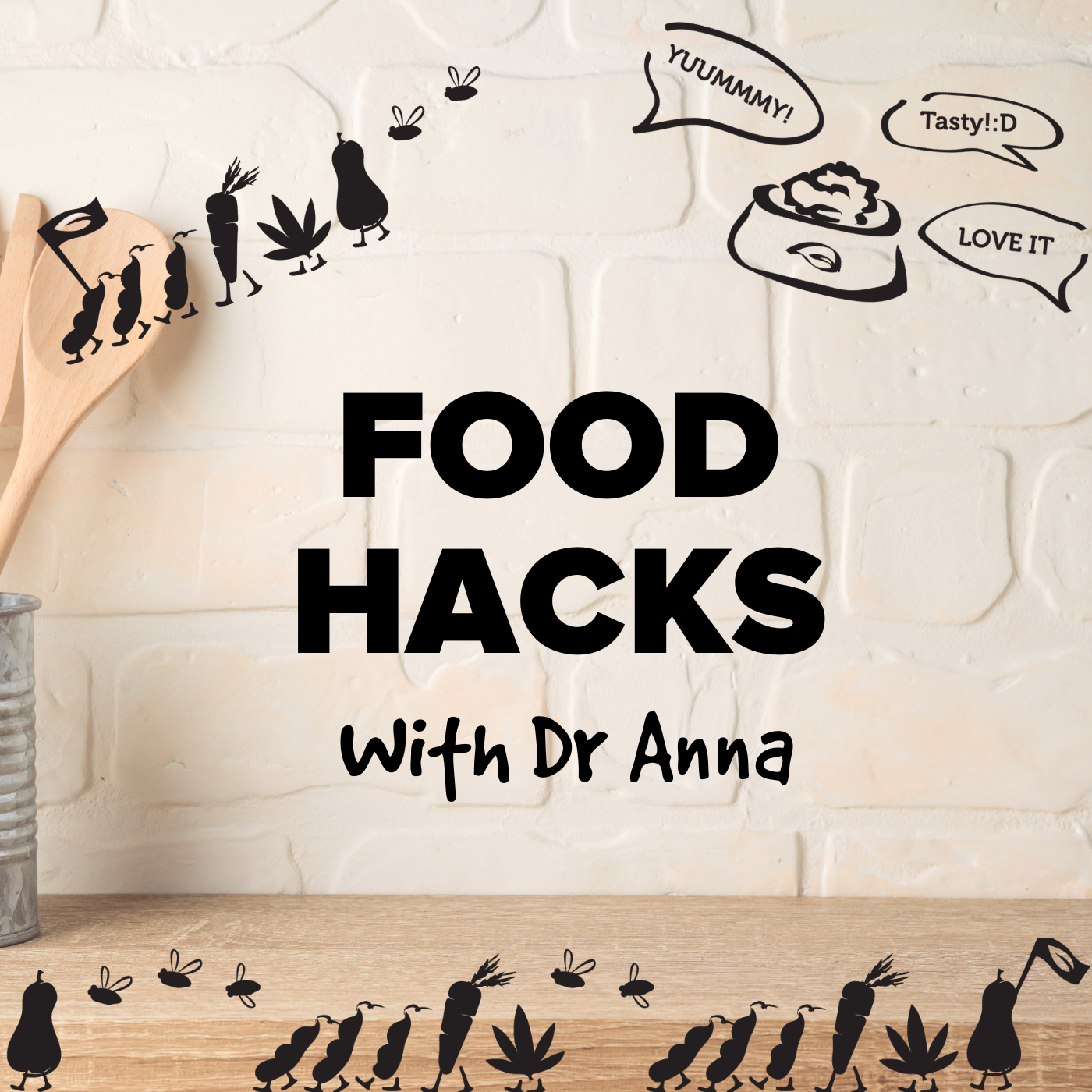Bringing a new puppy into your family is exciting, but it also comes with a lot of responsibility. Of course, you’ll have to clean up after your puppy and train them, but have you considered how you’ll provide the mental and physical stimulation that your pet needs to live its best life?
Enrichment refers to any activity or stimulus that enhances a dog's physical, mental, or emotional state. This applies to puppies and older dogs who often face cognitive decline with age, referred to as cognitive dysfunction syndrome (CDS). You can help your dog stay mentally stimulated, physically active, and emotionally content with the right enrichment activities.
But, what does “enrichment” really mean?
Let’s talk about different methods of enrichment that you can use, and most importantly, how you can apply these tools for your pet.
Why is enrichment important?
A dog needs different forms of stimulation to promote their physical and mental well-being. This is what enrichment essentially is – a balance of continuous stimulation throughout your dog’s life.
While most pet parents provide their pets with toys and frequent walks, enrichment is much more than this. There are various forms of enrichment for dogs, but here are six of the most common forms:
-
Cognitive Enrichment
Dogs thrive on mental stimulation. Cognitive enrichment involves providing dogs with activities that challenge their brains, such as puzzle toys, obedience training, or teaching new tricks. These activities can help to improve a dog's problem-solving skills, memory, and overall cognitive abilities. Cognitive enrichment is particularly important in ageing dogs, and we’ll talk about why a little later.
-
Environmental Enrichment
Dogs benefit from exposure to different environments and experiences. Environmental enrichment can involve taking dogs on walks in new areas, allowing them to explore new sights, smells, and sounds. Visiting dog-friendly stores or going on car rides can also provide dogs with new experiences.
-
Nutritional Enrichment
Food can be a source of enrichment for dogs, and providing them with various healthy treats or puzzle feeders can help keep their minds engaged while also providing the nutrients they rely on. Nutritional enrichment can also provide dogs with various textures and flavours to keep their meals exciting and enjoyable.
-
Sensory Enrichment
This type of enrichment is all about providing dogs with various sensory experiences to keep their minds engaged and stimulated. The primary approach is to use olfactory (smell) and auditory stimulation to introduce your dog to new experiences.
Examples of sensory enrichment can include toys that make noise or have different textures, scent games that require dogs to use their noses, or providing music or calming sounds to create a soothing environment.
-
Social Enrichment
Dogs are social animals that enjoy spending time with other animals and people. Social enrichment can include activities that allow dogs to interact with others, such as playdates, trips to the dog park, or attending dog-friendly events. Spending quality time with their owners can also be a form of social enrichment for dogs, but there needs to be diversity.
-
Physical Enrichment
It shouldn’t be a surprise that dogs need regular exercise to stay healthy. Physical enrichment can involve activities that allow dogs to move and engage their body. This can include going for walks or runs, playing fetch or tug-of-war, or participating in agility training.
By balancing these forms of enrichment throughout your dog’s life, they’ll continuously have new experiences that will have a positive impact on their physical and mental well-being.
Enrichment for puppies
There are several critical periods during puppy development, each with its own set of developmental milestones and requirements for enrichment. We’ve touched on the topic of puppy development in our previous article, but this time we’re going to focus on these critical periods with regard to the role of enrichment in each stage.
Neonatal period (0-2 weeks):
During this period, puppies are unable to see or hear and are entirely dependent on their mother for survival. This means they mainly rely on their sense of touch, so we can provide enrichment by gently handling puppies during the first ten days of their life.
A study by the American Kennel Club found this early stimulation method to help puppies become more resilient to stress as adults. These adult dogs showed improved cardiovascular, adrenal, and immune function compared to puppies without enrichment during the first ten days of the neonatal period(Howell et al., 2015)
Transition period (2-3 weeks):
Puppies begin to open their eyes and ears during the transition period and explore their environment. They also start developing the neural pathways associated with voluntary sucking and chewing actions between 19-23 days of age.
Enrichment during this stage should focus on providing a variety of safe and stimulating toys and objects that encourage exploration with their newfound sense of sight, sounds, and tactile suckling. Soft chew toys can help puppies develop motor skills and satisfy their natural chewing instinct(Ikuno, 1989).
Socialisation period (3-12 weeks):
This period is critical for socialisation and exposure to new experiences, and enrichment during this stage should focus on providing positive experiences with different types of people, animals, and environments. Littermates will start following each other and running in groups; this should continue to be promoted. Puppies will also have an instinctive fear response at this stage, but this quickly changes with repeated positive contact.
Particular attention should be taken when caring for lone puppies during the socialisation period, as they would lack interactions with littermates and may have limited interactions with humans. Puppy classes, playdates with other puppies, and exposure to different types of sounds, smells, and textures can help puppies develop their social skills.
Fear imprint period (8-10 weeks):
Puppies are particularly susceptible to developing fears and phobias during this period, so enrichment should focus on creating a safe and positive environment. Providing positive experiences with new people, objects, and environments and avoiding negative experiences is essential during this stage.
Early studies suggest that puppies not exposed to humans may develop a permanent fear response. This could result in an inability to form normal relationships with humans if the puppy hasn’t been introduced to humans before the age of 14 weeks(Howell et al., 2015).
Juvenile period (3-6 months):
Puppies experience rapid physical and behavioural changes during the juvenile period, so enrichment should focus on providing age-appropriate toys and activities that promote exercise, play, and mental stimulation. By now, puppies have become aware of what is and isn’t safe, so they don’t show intense fear responses to every new stimulus (unlike during the early socialisation period).
Positive encounters during the juvenile period tend to have positive long-term effects on behaviour, such as increased interactions with humans and a more composed demeanour.
Adolescent period (6-24 months):
Adolescence is the transition period as puppies mature into adult dogs. Enrichment during this stage should focus on providing continued training and socialisation opportunities that help puppies develop into well-adjusted adult dogs. Activities such as obedience training, agility, and advanced puzzle toys can provide mental and physical stimulation to reinforce positive behaviours.
Enrichment for senior dogs
It’s important to remember that enrichment isn’t only crucial in puppies, but it’s also necessary for the well-being of senior dogs. As our dogs age, they begin to experience a decline in their physical and cognitive abilities. Of course, this is just a normal part of ageing, but pet parents should take an active role in supporting their pets. As the saying goes, “if you don’t use it, you lose it.”
The senior years tend to begin between 6-10 years of age, with larger breeds ageing more quickly. Nonetheless, senior dogs also benefit from enrichment and need to be physically and mentally stimulated. Activities like gentle walks, swimming, and modified games can go a long way to keep them physically active, maintain joint health, and improve their cardiovascular function.
Applying cognitive enrichment
Cognitive Dysfunction Syndrome (CDS) is a neurological disorder that affects 14% to 73% of senior dogs and is similar to dementia in humans. It’s typically caused by the degeneration of brain cells in ageing dogs and can significantly impact their cognitive abilities and behaviour. In most cases, CDS remains undiagnosed (hence the wide prevalence range noted above).
A study published by The American Veterinary Medical Association found that enrichment techniques reduced the progression of CDS in senior dogs ≥ 8 years of age. They mainly focused on cognitive enrichment methods in this study consisting of simple positive reinforcement–based training of new cues (such as hand targeting, eye contact, and chin rest), as well as interactions with various enrichment items like interactive food toys(O'Brian, 2021).
Applying nutritional enrichment
It should also be noted that nutritional enrichment has successfully supported cognitive decline in senior dogs. Typically, food puzzles are used to hide a treat and help your dog apply their basic senses to find the treat. This can be further improved by adding beneficial nutraceuticals that support cognitive health instead of a generic treat.
For example, a recent study published in Frontiers of Veterinary Science found that supplementation of DHA omega-3 fatty acids and sphingolipids to senior dogs diagnosed with CDS significantly improved their working memory. The treatment was carried out for six months and followed up with MRI analysis that revealed increased frontal lobe glutamate and glutamine (excitatory neurotransmitters) in dogs treated with nutraceuticals, relative to placebo(Araujo et al., 2022).
Try our Cod and Plum to help with this!
Although it’s common for dogs to have cognitive decline as they age, a few simple dietary adjustments can have a significant role in supporting brain function. In addition to antioxidants and omega fatty acids that we’ve included in our Bestie meal toppers, we’ve specifically formulated our senior chews and superfood oil blend with specific nutraceuticals that support cognitive function in dogs of all ages.
You can never start too early when it comes to brain health!
Bestie Senior mini health chews, are packed with mighty power ingredients to help delay mental decline in your senior dog.
Ash Sadri

Ash is a Canadian veterinary student studying in Croatia. Before deciding to become a vet, Ash completed his Masters degree at the University Of Western Ontario where he specialized in cancer stem cells research. Since then, he’s been working as a veterinary technician and has special interests in animal nutrition and surgical procedures!
List of references
Araujo, J. A., Segarra, S., Mendes, J., Paradis, A., Brooks, M., Thevarkunnel, S., & Milgram, N. W. (2022). Sphingolipids and DHA Improve Cognitive Deficits in Aged Beagle Dogs. Front Vet Sci, 9, 646451. https://doi.org/10.3389/fvets.2022.646451
Howell, T. J., King, T., & Bennett, P. C. (2015). Puppy parties and beyond: the role of early age socialisation practices on adult dog behavior. Vet Med (Auckl), 6, 143-153. https://doi.org/10.2147/VMRR.S62081
Ikuno, S. (1989). [Development of chewing center at transition period from sucking to chewing]. Shoni Shikagaku Zasshi, 27(3), 595-606.
O'Brian, M. L., Herron, M. E., Smith, A. M., & Aarnes, T. K. (2021). Effects of a four-week group class created for dogs at least eight years of age on the development and progression of signs of cognitive dysfunction syndrome. Journal of the American Veterinary Medical Association, 259(6), 637-643. https://doi.org/https://doi.org/10.2460/javma.259.6.637



